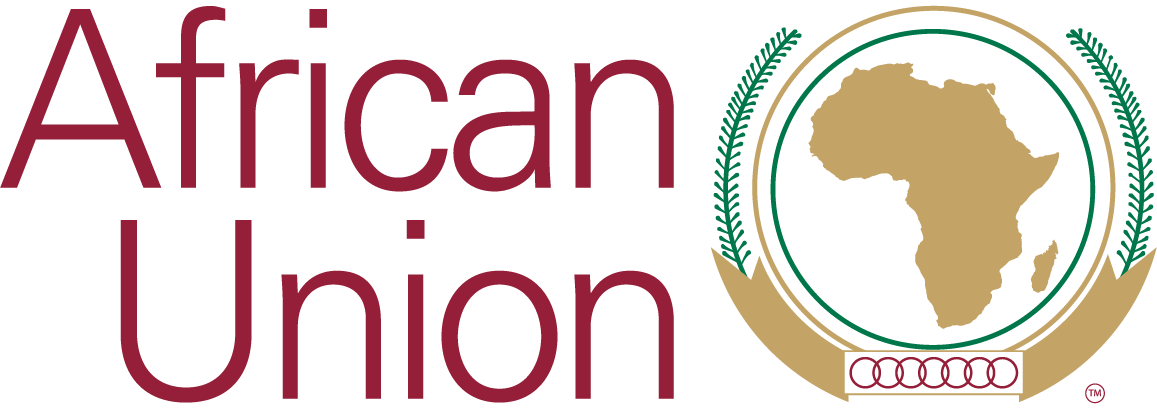English
By 2020, States -
- should have embarked on a process of comprehensive and systematic review of their national statutory, customary and religious law relating to children;
- should have considered the adoption of a single, comprehensive and accessible children’s rights statute, harmonising and consolidating existing laws on children at the national level;
- should, if already in existence, strengthen a child-friendly legislative, policy and institutional framework;
- should have established well-resourced and mandated structures, such as national children’s rights observatories and ombudspersons for children, which also include children as members; States should also have established appropriate structures that provide leadership and oversight and are accountable for the implementation of national laws, policies and programmes for children, and for strengthening the work of the African Children’s Committee;
- should have developed a policy framework and have set up functional mechanisms to co-ordinate the implementation of inter-sectoral programmes for children, which would involve all relevant ministries and departments as well as civil society, the private sector and institutions represented and led by children themselves;
- should have adopted and started implementing a National Plan of Action for Children, including a national strategy on child marriage.
By 2020, national partners -
- should, in collaboration with the relevant AU organs and the African Children’s Committee, have developed training programmes to build the technical capacities of key State officials and members of civil society to undertake the reform of children-related laws and policies and to prepare accurate and effective State reports under the African Children’s Charter;
- should have systematically documented, in accessible format, including publications, and analysed good State practice on harmonising national law, policy and practice with the African Children’s Charter;
- should have undertaken costing, to quantify the cost connected to the prolongation of violations of children’s rights compared to the benefit to the State of curbing violations.






